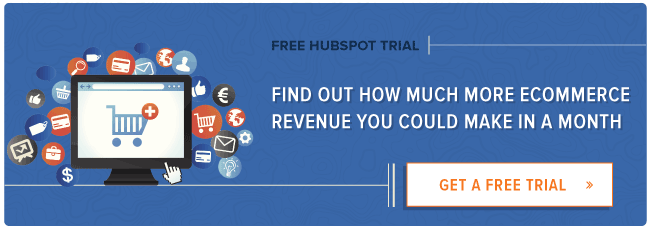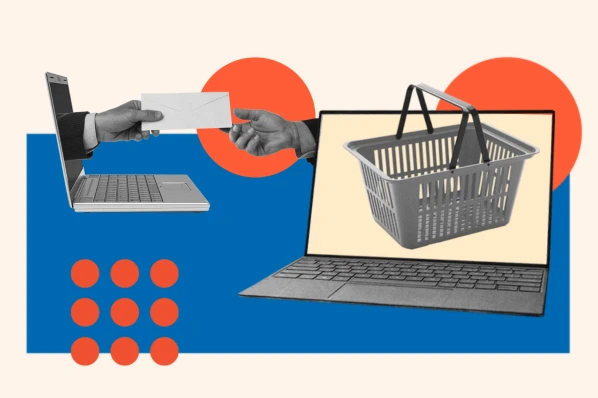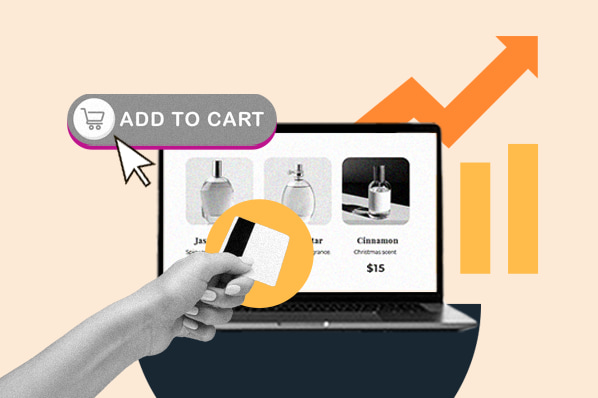When determining prices for your ecommerce store, you’re likely to consider traditional methods: markup, anchor, and luxury pricing. There is absolutely nothing wrong with these strategies, especially if you’re hoping to set it and forget it—until sale time, of course. However, these three traditional methods aren’t the only strategies you can employ. If you’re willing to shake things up a little, consider some of these edgy techniques that have seen success.
Free
What? Free isn’t a price. How could anyone make money by offering products for free in their online store?
Well, let’s look at the pragmatic side of offering free products on your ecommerce site. People will definitely show up to see the free stuff, won’t they? Even buyers who have never heard of your store and have no intention of making a purchase from you—they’ll stop by for at least a few minutes to browse through the free stuff. In other words, “free” is a great way to get eyes on your brand and your products.
Now, offering everything for free all the time would just be pointless. There must be a method to your madness. Use those free products as the hook and then reel them in. Once those buyers get to your site, dazzle them with everything else you sell. Then go for the upsell or cross-sell. Even if they take the free item and run, you can be sure they’ll be back to see what you’re offering later down the line. At some point, you’ll get them on the hook for an actual purchase.
What can you use for your free hook? Here are some ideas:
- Small samples
- Software
- Accessories for larger products
- Basic services
Pay-What-You-Want
Also seen as PWYW, the Pay-What-You-Want strategy might sound just as daft as offering free products. After all, won’t customers take advantage of the pricing structure to walk away with products at ridiculously low prices? In short: yes. You will encounter consumers who’ll take advantage of your pricing strategy, no matter what you do.
If that’s the case, what benefit do you have in offering a PWYW pricing model? Believe it or not, your strongest brand allies and supporters will more than make up for those that take advantage of your generosity. In fact, studies have actually shown that profits remain on par with those companies that set a price and demand it.
With no real benefit in revenue, why would a company choose to allow buyers to pay what they want for products? Those same studies show this particular pricing model does result in a lot of free marketing through word-of-mouth. Free marketing? That’s an excellent reason to give this model a try.
Products that work with this strategy include:
- Music
- Movies
- Books
- Apps
- Software
Make an Offer
Making an offer probably sounds a lot like PWYW, which in turn sounds like “take it for free.” There really is a difference, and that difference is probably enough to give you a little peace of mind.
As with an auction where buyers make bids for products, the Make-an-Offer model builds in a reserve price. In other words, buyers are free to offer well under market value for your products, but that doesn’t mean they’ll get to take them home. You control the smallest amount you’ll take and let buyers pay much more if they want to.
This particular model also tends to gain a lot of ground through word-of-mouth marketing. Even when buyers meet your price expectations, they feel like they got a great deal because they had a say in what they were willing to pay. That kind of power doesn’t happen very often.
Works well for:
- Antiques
- Fine art
- Collectibles
- First-edition books
Flat Pricing
What if you sold everything on your ecommerce site for the exact same price? Obviously this can’t happen if you sell T-shirts and diamond earrings. What if you only sold T-shirts, though? With one stated price for everything on your site, buyers never get overwhelmed or confused.
As an added bonus, your work in setting up the shopping carts is easy. With only one price for everything, you really can just set it and forget it. This model works well with:
- Similar products
- Products of similar value
- Subscription services
Have you seen any of these tactics used well? Maybe one has worked beautifully for your ecommerce company.




![How to Write an Ecommerce Business Plan [Examples & Template]](https://www.hubspot.com/hubfs/ecommerce%20business%20plan.png)





![How to Send Effective Order Confirmation Emails [Examples + Template]](https://53.fs1.hubspotusercontent-na1.net/hubfs/53/order-confirmation-email-1.jpg)

![How to Start an Ecommerce Business [Steps + Must-Follow Tips]](https://www.hubspot.com/hubfs/how%20to%20start%20an%20ecommerce%20business.jpg)